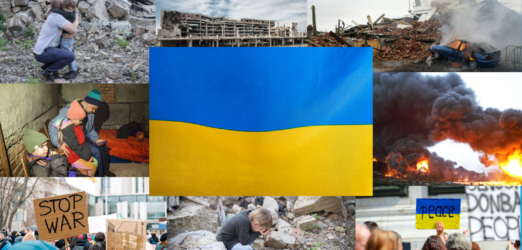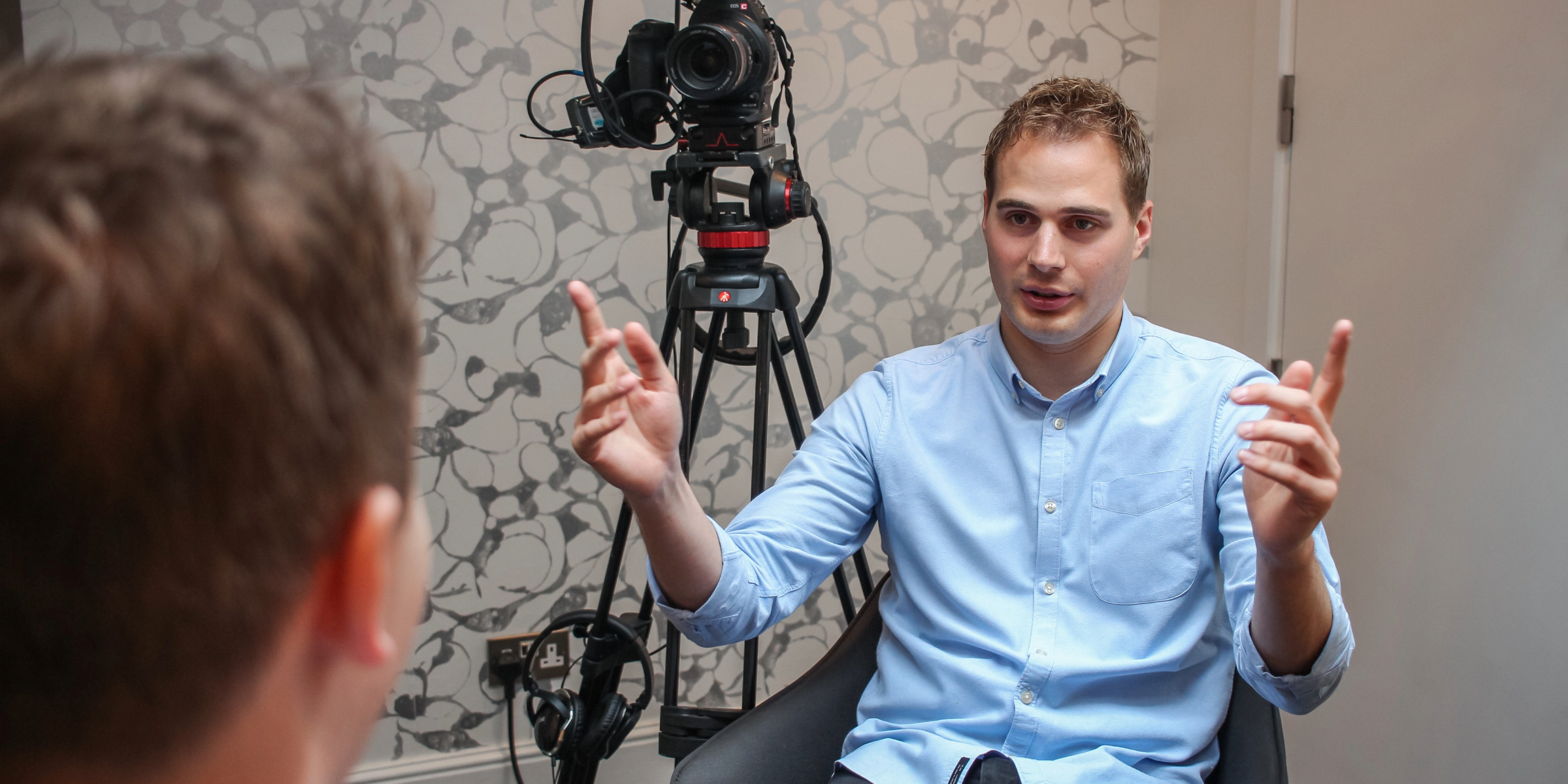Let’s face it, the news agenda hasn’t just been busy, it’s been frantic these last two years. First Covid, then Partygate, now the Russian invasion of Ukraine. These are unprecedented times. So what does this mean when you’re trying to get coverage for a broadcast PR campaign?
First the bad news
Well, you know what that is. Competition from organic news stories means what a journalist might dismiss as a PR filler, goes to the bottom of the pile. National radio and television broadcasters particularly fill their bulletins with the big story of the day, at the expense of everything else.
But now for the good news
First of all, when a significant story breaks, people turn to radio and television for an explanation of what has just happened. They might hear about a breaking story for the first time from social media. But, because those platforms are unregulated, they turn to more traditional media for authentication and analysis.
Audience figures increase with breaking news
As a former journalist I’m an avid news watcher. But I’m sure you’re the same. No doubt you’ve upped your news quota since Russia invaded Ukraine. It’s what we all did at the start of the first Covid-19 lockdown too. Why does that matter for PR? Because this creates peak audience numbers and they often stick around.
Light and shade
But how you ask are you going to get a look in with a PR story, with so much bleak news coming from Eastern Europe. Not to trivialize anything that is happening in Ukraine, but the truth is, no matter how big or on-going a news story, eventually a form of fatigue sets in with journalists and their audiences alike.
It happened with Covid too
With the pandemic it probably took three weeks of blanket coverage for more regular stories to creep into the news schedules. Sadly, events in Ukraine seem unlikely to be resolved quickly. Therefore there will come a point in time when the news coverage pulls back slightly. That’s when broadcasters will be looking for light stories to contrast with the shade of an invasion.
Public interest
Broadcast news has a remit to inform, but there’s a public interest element to it too. Journalists will not hold back on the facts, but they don’t want to be accused of spinning the world into a frenzy of despair either.
Public interest
During the pandemic many broadcasters increased their speech content, to cover the story day by day. But there were others who actually cut their news content back. This was on the basis that they felt there had to be an alternative, a distraction for those that needed to forget the pandemic, if only for a short while. So, there will come a time, if it’s not here already, when radio and television journalists develop an appetite for other news.
Regional broadcasters
In our experience, whilst national coverage has been more difficult (but not impossible) to secure of late, regional opportunities remain the same. Nearly all regional radio stations (BBC and commercial) broadcast national news which they supplement with more local content. And this has remained the case with Ukraine.
The pandemic was different, because everyone was affected, so regional radio and TV could find local angles. But a story like Ukraine has fewer local links. Refugee arrivals from Calais will be covered by stations in Kent, of course, because that’s a local angle. Broadcasters elsewhere, however, will be looking for their own regional relevance.
Delaying a campaign
Our advice for most stories is don’t. You won’t be the only person thinking about this. That means when the news agenda quietens down there’ll be a huge amount of competing PR stories.
The thing is no one can predict how long a story like Ukraine will continue for, or what’s round the corner. So delaying could end up meaning no PR at all. Consolation for our clients is that we offer guaranteed coverage for radio and packages including pay on results for TV, to mitigate your ris
Stories fit for broadcast
The rules, to ensure good coverage on radio and television for PR stories, remain the same as ever.
Have a strong top line.
That means a headline that you can sum up in a sentence. If you need to draw breath several times, it needs an edit! Broadcasters make quick decisions and you don’t have long (audibly or in writing) to get a story on their list.
Have a peg
A peg is a reason for doing a story on a particular day. There’s little space for features in broadcast news, particularly at the moment, so you need to find at least a half decent hook.
Have a good and available spokesperson
By good, I mean engaging and enthusiastic; someone who appreciates a broadcast opportunity is hard won but when you have it, it’s a moment in the spotlight and you need to live up to it. They look the part, suited to the brand they’re representing. Oh, and they’ll get up early – you have a much better opportunity of a radio or television interview earlier in the day.
Television
- If you want television coverage then you need to think visuals. That’s what makes television different from radio (obviously!). Visuals can be something broadcasters can film for themselves or it might involve a spokesperson being on location.
-
B-roll, a really excellent PR tool
- Given, however, that so many interviews are still being conducted remotely (a practise we believe is here to stay), you might also think about B-roll. B-roll is 6-8 minutes of roughly edited footage, produced by agencies like us. It illustrates a PR generated story and is given to broadcasters free of charge and any copyright issues. With newsroom cutbacks and a general lack of resources, B-roll is generally received gratefully. Find out more about B-roll by clicking here. https://shoutcommunications.co.uk/what-we-do/video-production/b-roll-footage/
-
Regional interest
- We guarantee our regional (radio) coverage, as long as you have something relevant to each patch. That could be some research, or a case study, even a local spokesperson. Regional radio and television need to make sure that their programme IS regional, not just a rehash of what’s going on nationally. But it’s worth the effort. Urban based BBC radio often has a reach of around 250, 000 and BBC Radio London is close to topping a million. Regional TV, meanwhile, has merged some regions together, so that they cover great chunks of the country. Print can pale in comparison.
Still need some help?
Well, ask us. We’re broadcast PR experts who’ve been in business for over nineteen years now. As former broadcast journalists we have the expertise, contacts and drive to pull off the best possible coverage for you. Speak to one of the team by emailing hello@shoutcommunications.co.uk. Or if you like what I’ve written, email me direct on Keren@shoutcommunications.co.uk. Or call our switchboard on 020 7240 7373.



